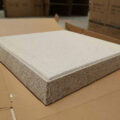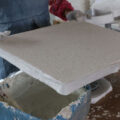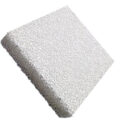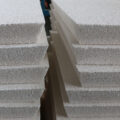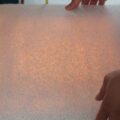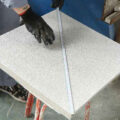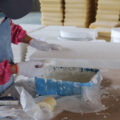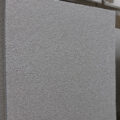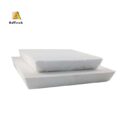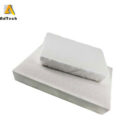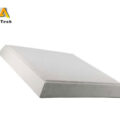Ceramic foam filters for foundry can improve the filtration efficiency of particles from liquid metal. The filter also has the ability to capture small particles in the metal, which may become defects in the casting. The filter reduces the cost of casting manufacturing.
Metal castings are made by pouring molten metal through a gate system into a casting made of a mold and core. Molds and cores are usually manufactured by molding a mixture of casting aggregate and casting binder. When the molten metal is cooled, the metal casting is separated from the mold and core, and any excess aggregate and binder are removed from the casting.
Molten metal used to produce metal castings often contains contaminants, such as metal oxides. Filters are widely used in the foundry industry to filter contaminants found in molten metal. Generally, the filter is made of a ceramic material, which is formed by extrusion, pressing, or by dipping a ceramic slurry into a foam. The shape is dried in an oven and then baked in a kiln to cure the filter.
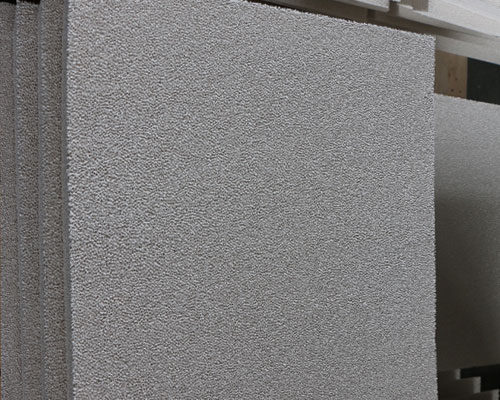
In addition, the ceramic foam filters for foundry commonly used in the foundry industry are difficult to start due to their quality and the relatively short time required to invert the casting. This is because the filter requires a lot of heat to reach the metal temperature. Generally, when ceramic foam filter plates are used, they need to be preheated in advance.
The ceramic foam filter is made of an open-cell flexible foam material with a plurality of interconnected voids surrounded by a net of the flexible foam material, such as polyurethane foam or cellulose foam.
The ceramic foam filter is prepared by the general procedure: the foam material is impregnated with the foam ceramic material, thereby coating the fiber net with it, and basically filling the void with it. The impregnated material is compressed so that part of the slurry is discharged from it, and the rest is evenly distributed throughout the foam material. The coated foam material is then dried and heated to first burn off the flexible organic foam, and then sinter the ceramic coating, thereby providing a fused ceramic foam having a plurality of interconnected voids that are bonded or fused ceramic surrounded by a net.
Naturally, various ceramic materials can be selected according to the specific metal to be used. Preferably, a mixture of aluminum oxide and chromium oxide is used, however, these materials can naturally be used alone or in combination with other ceramic materials. Other typical ceramic materials that can be used include zirconia, magnesia, titanium dioxide, silicon dioxide and mixtures thereof. Typically, the slurry contains about 10 to 40% water and one or more rheological agents, binders or air setting agents.

